Battersea Power Station's redevelopment: A dilemma
A boost to London's living and leisure scene? Or a symbol of wealth disparity during the cost-of-living crisis?
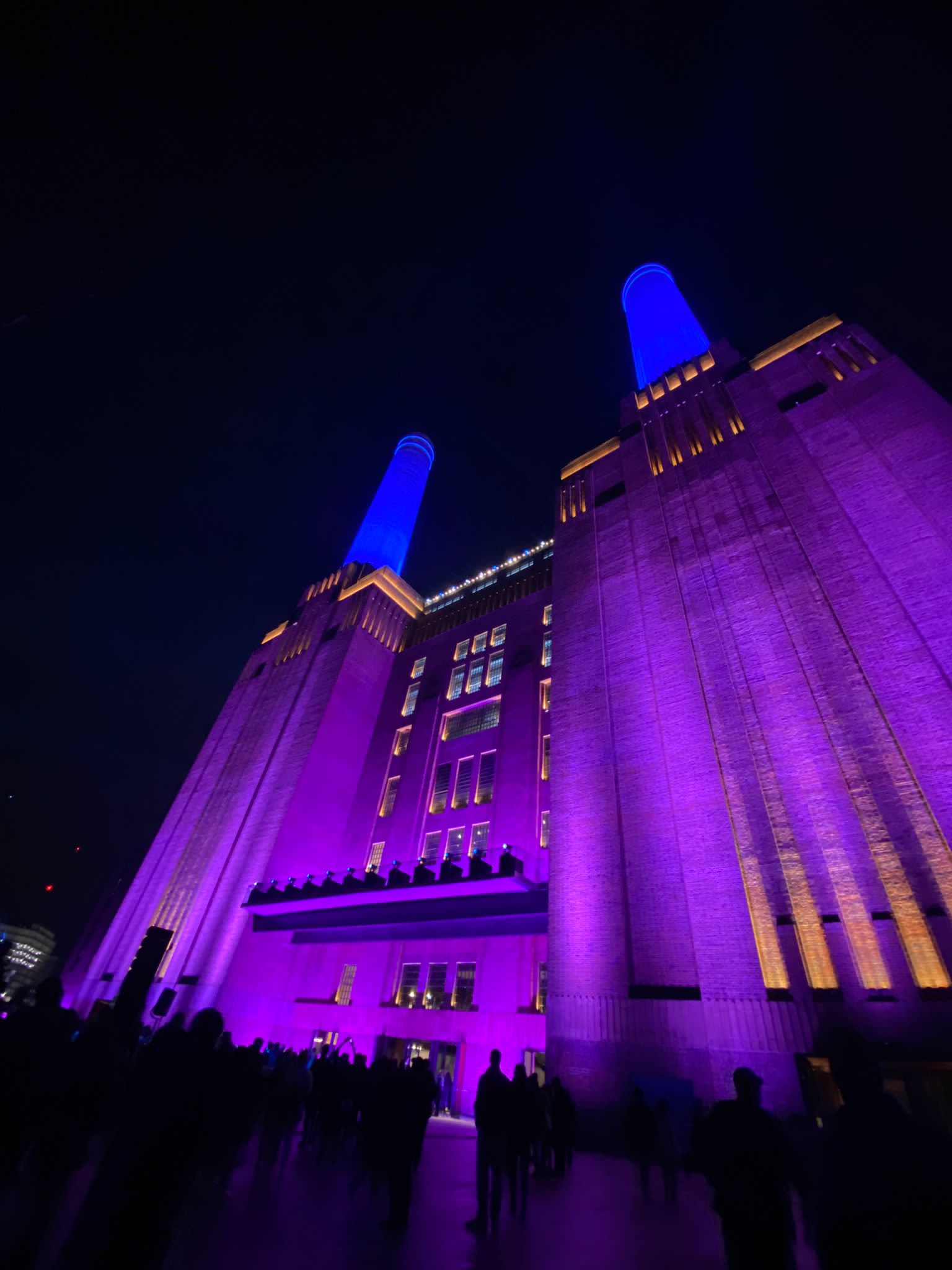
Battersea Power Station opened its doors to the public on the 14th October 2022, generating a buzz in South West London as thousands of people flocked to see what the once coal-fired power station had in store.
The grade-II* listed building's grand reopening saw a five-day 'Festival of Power' spread across two weekends, inviting the public to learn about the Power Station's rich history and its redevelopment.
The once derelict landmark turned glamorous leisure and living complex boasts over 100 shops and a variety of restaurants.
Upon completion, its surrounding 4,000-home neighbourhood will bring the project’s gross development value to £9 billion.
While many visitors enjoyed the site's new offerings, some were concerned the once industrial powerhouse's regeneration was ill-thought-out during times of economic hardship.
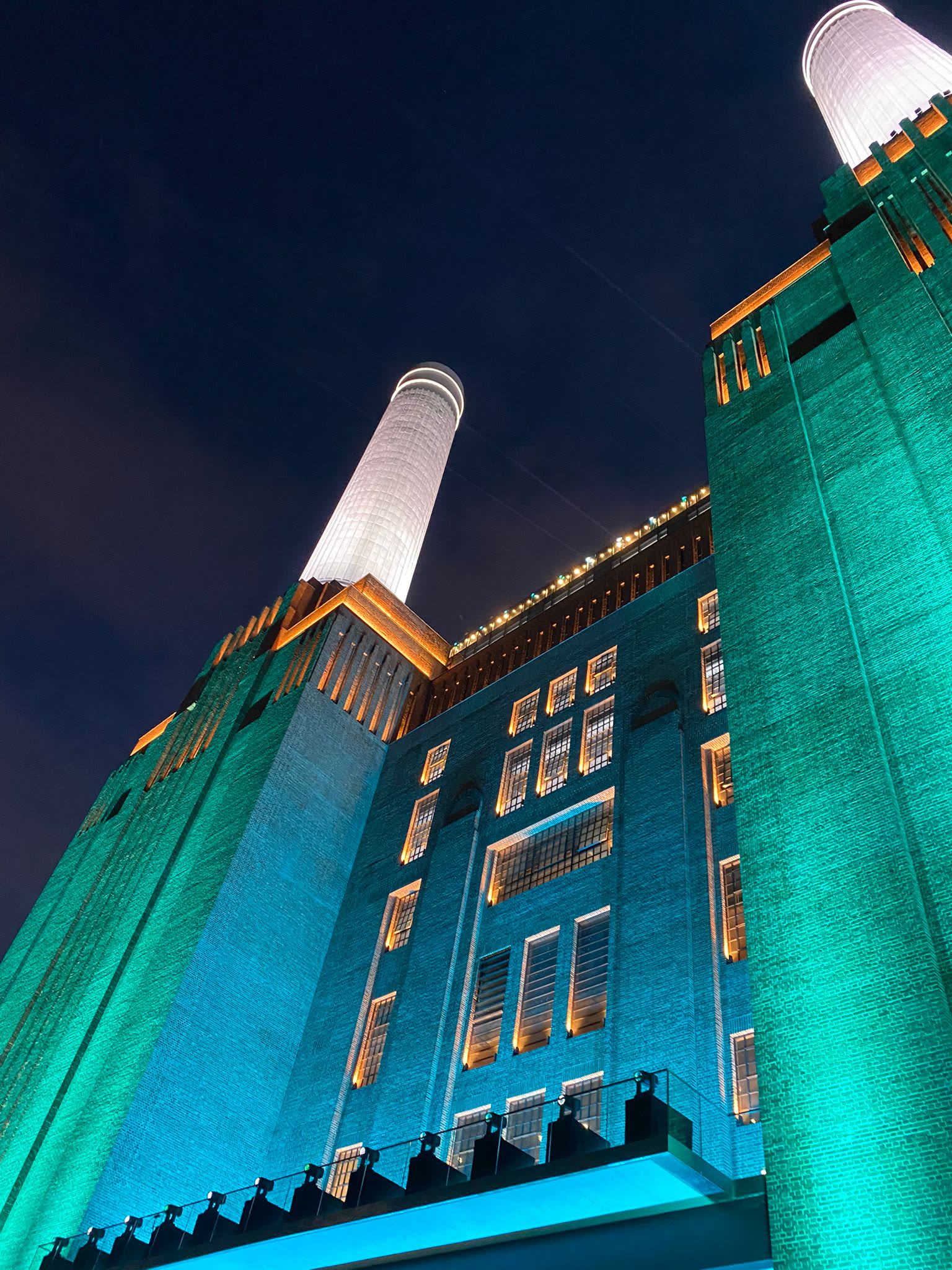
The History of Battersea Power Station
Before the 1930s, small industry-dedicated power stations supplied the public with excess electricity. Due to this, voltage and frequency varied from area to area.
In 1925, the government stepped in to make the power grid more uniform and placed it under public ownership.
Subsequently, several smaller private companies in London joined to form the London Power Company (LPC).
Battersea became host to the first of LPC’s few but large power stations in the city, on a 15-acre plot of land that formerly housed the Southwark and Vauxhall Waterworks Company.
The first half of the Power Station, Battersea A, was built between 1929 and 1935. The top of the western pair of chimneys are 101m from the ground.
One of the most prominent architects of the day, Sir Giles Gilbert Scott, who designed Britain’s iconic red telephone boxes, joined the project in 1929 in an effort to appease the public’s concern that the new power station would be an eyesore.
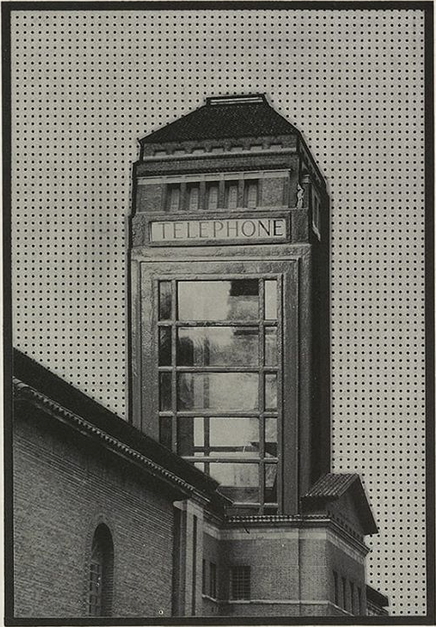
The near identical Battersea B was built to the building's east between 1937 and 1941, until the Second World War delayed construction.
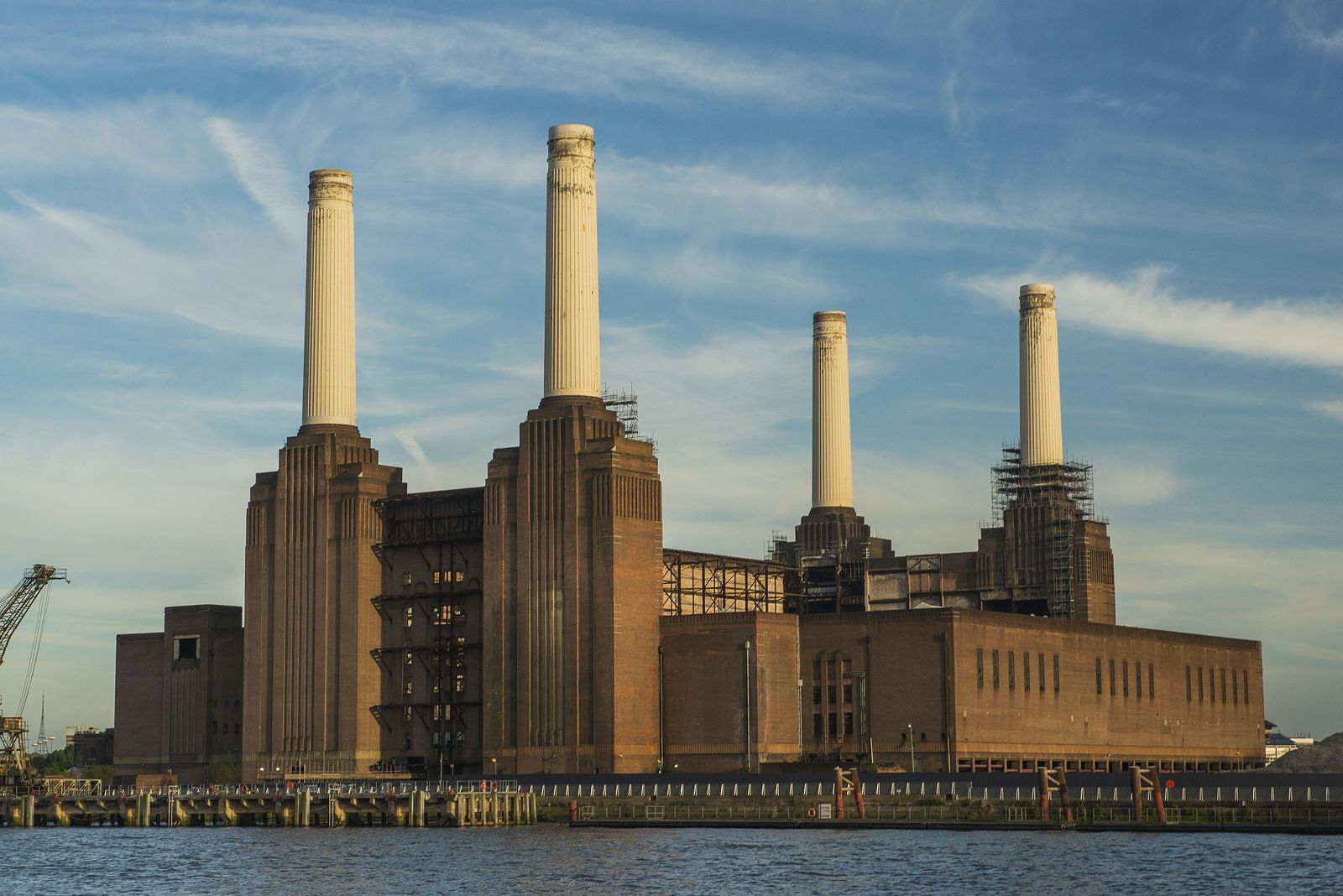
Completed in 1955, the Power Station was capable of generating 400 megawatts of electricity, enough to power a fifth of London.
On 20th April 1964, an electrical failure at Battersea Power Station caused power outages throughout London, including at the BBC Television centre in White City.
Performers outside the Power Station during its opening weekend acted as BBC Television presenters from the time of the power outage.
The power failure delayed the launch of BBC Two from that night to 11am the following day.
Battersea A was operational for nearly 40 years until its closure in 1975.
In 1980, the Secretary of State for the Environment, Michael Heseltine, declared the station a heritage site, and awarded the building Grade II listed status - this status was updated to Grade II* in 2007.
Battersea B was decommissioned shortly after in 1983.
The station's demise was caused in part by an increase in operating costs, coupled with its falling output as it aged. The generating equipment became outdated, and the preferred choice of fuel for electricity generation shifted from coal toward oil, gas and nuclear power.

The Power Station lay dormant between 1983 and 2012.
During this time, many plans and ideas were put forward as to how the landmark could be repurposed.
Over the years, interested investors suggested redevelopment proposals ranging from a theme park to a biomass power station and eco-dome.
Even the idea of a purpose-built football stadium was thrown into the ring by Chelsea FC.
However, due to the enormity of building repair costs, along with concerns over how best to preserve the site, none of these bids were realised.
That was until the Power Station was purchased in 2012 by the current shareholders, SP Setia, Sime Darby Property and the Employers Provident Fund.
Works began the following year after decades of disuse to regenerate the 42-acre site surrounding the Power Station.
A brand new London hub of homes, shops, cafes, restaurants, cultural venues and open space was under way.
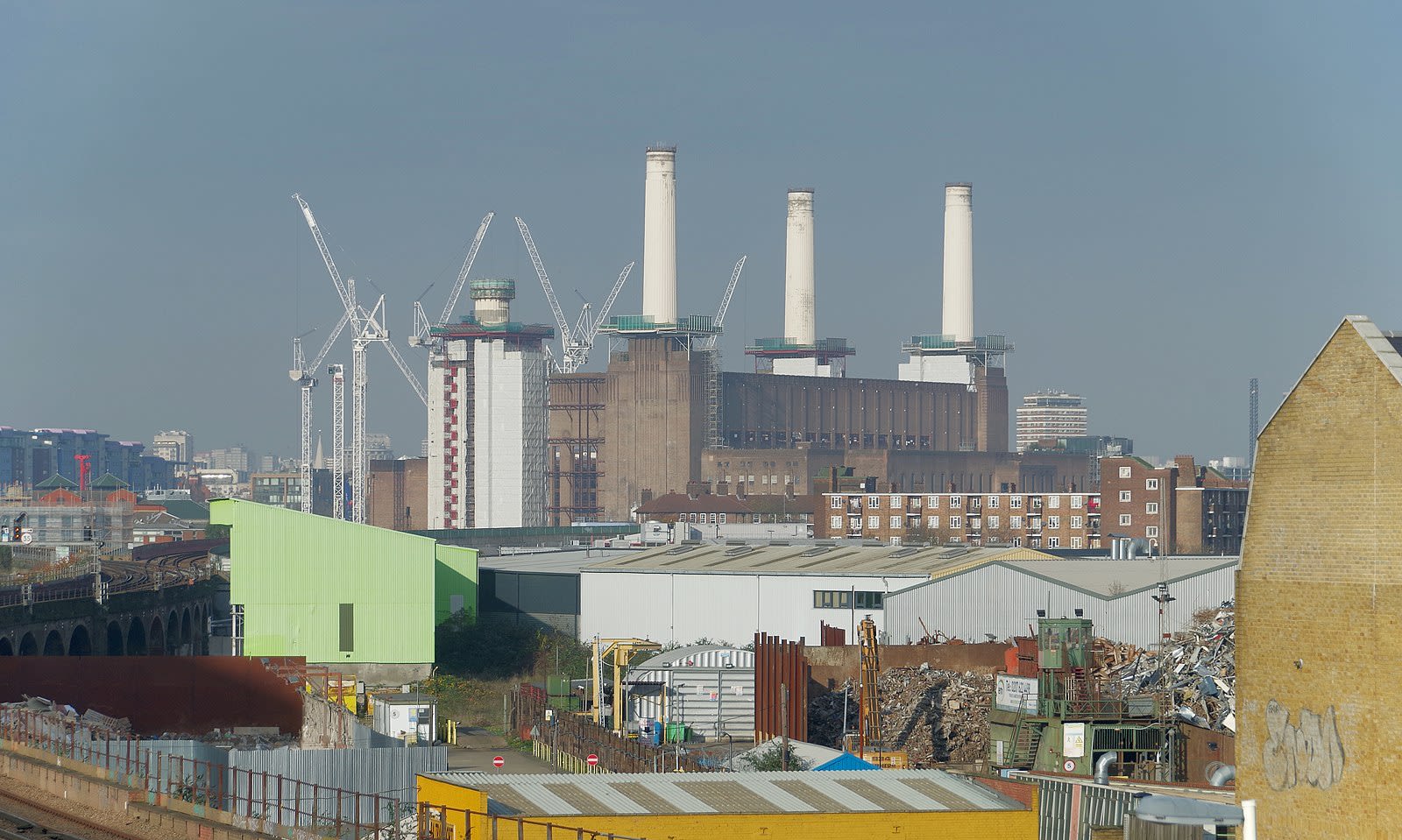
Works were completed and the Power Station was finally open to the public on the 14th October, 2022.
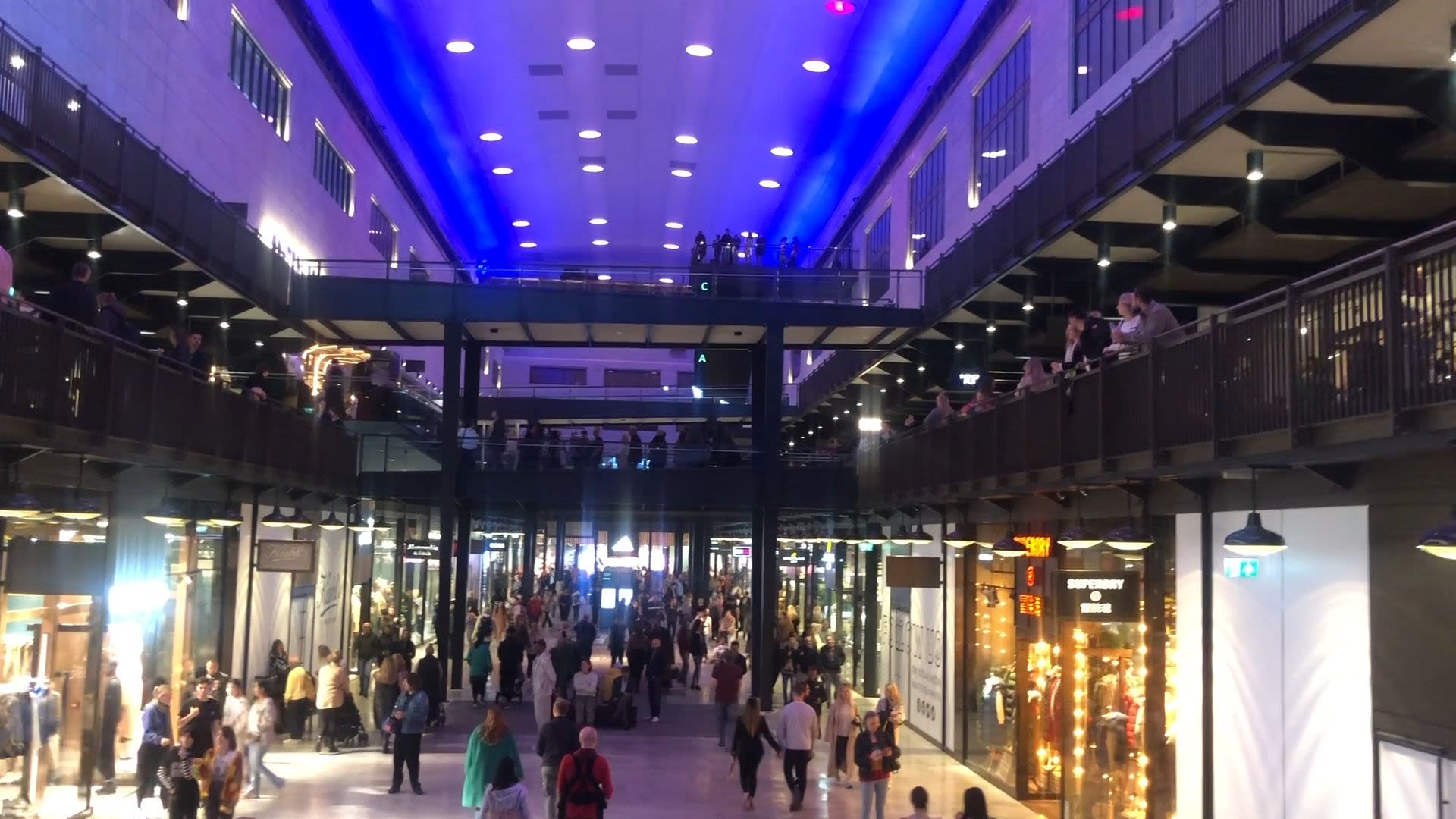
The project has created thousands of jobs for local people under the Battersea Academy for Skills & Employment (BASE) scheme established by shareholders.
Wandsworth resident, Ned, started working at The Cinema in the Arches in December 2021 after finding the role on the BASE website.
He said: “For a first job, it’s been great, and I only live 20 minutes’ walk from Battersea Power Station.”
Battersea residents Irene and Adrian Williams, who have been married for over five decades, eagerly awaited the reopening of the Power Station.
The former travel trader and menswear worker were impressed by the size and array of shops, namely the 48,000 square feet flagship Zara store - located across from the refurbished Power Station in the Frank Gehry building.
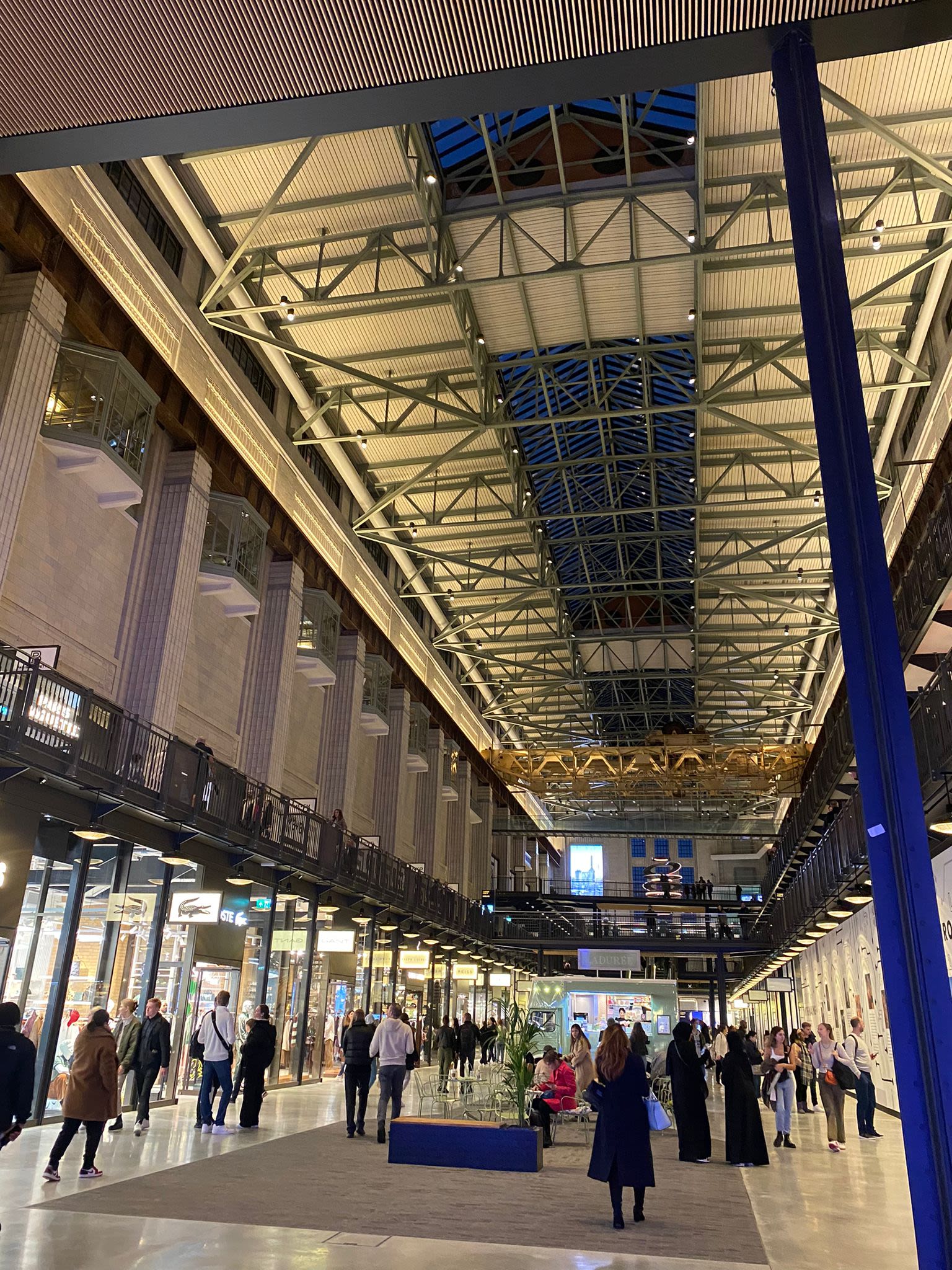

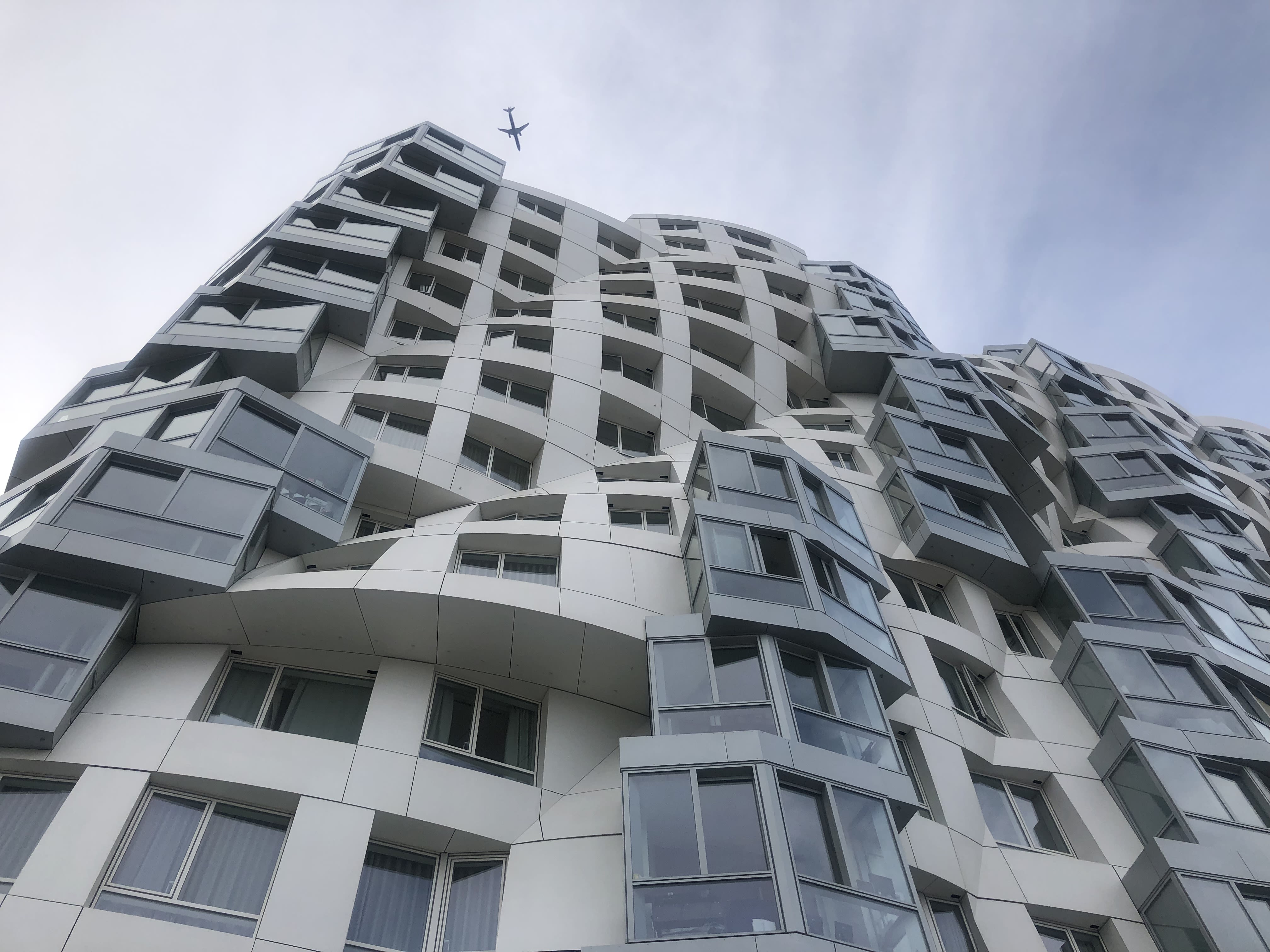
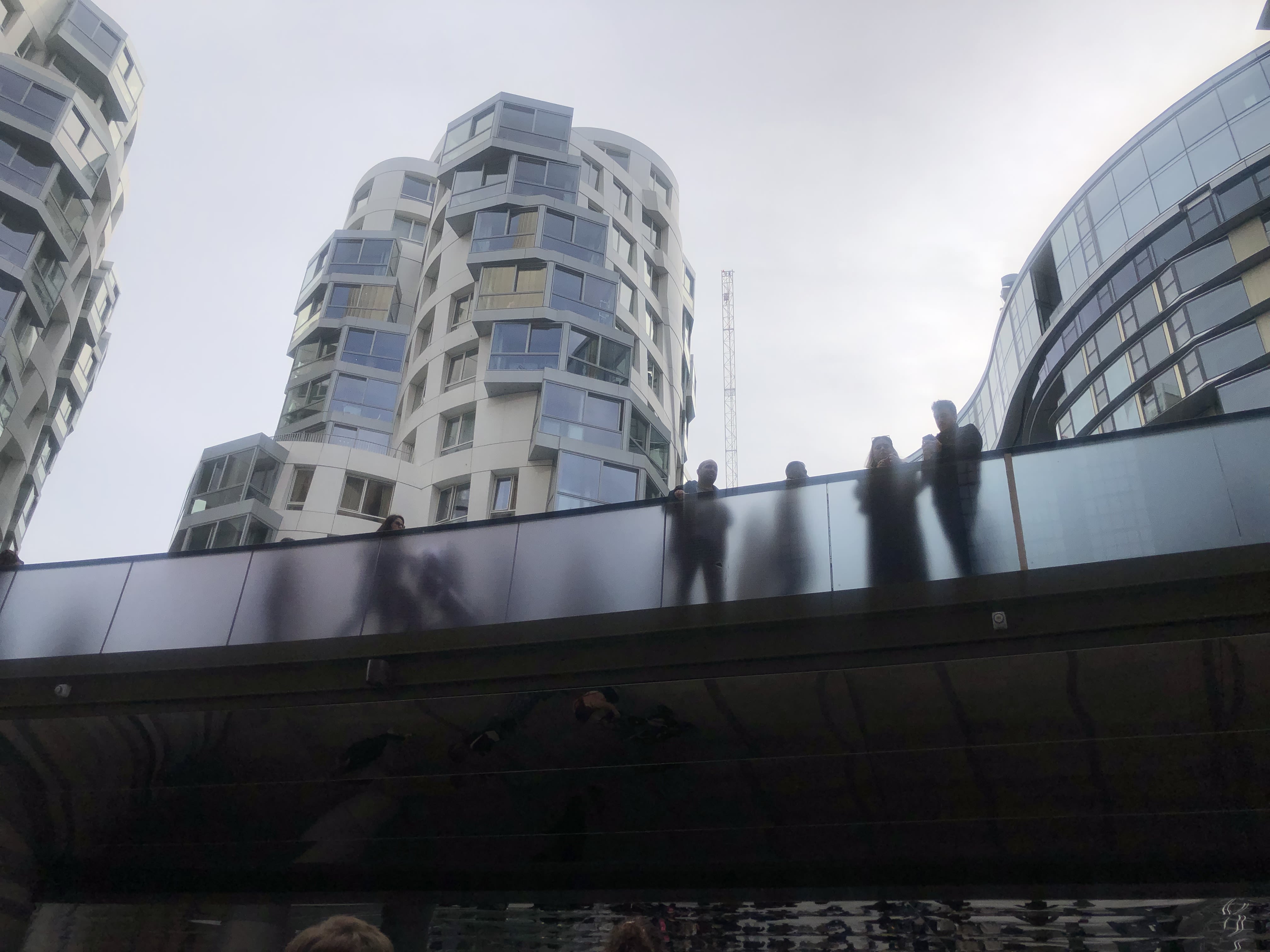


Besides the retail and leisure development, approximately 4,000 new homes will occupy the neighbourhood once the project reaches completion.
There are four phases to the housing development, and eight phases accross the site in total.
Phase two and three saw the opening of the Power Station and Prospect Place, a housing site designed by award-winning architect Frank Gehry, which showcases two modern buildings of a ripple design juxtaposing the Power Station's industrial architecture.
Out of the thousands of new homes, 386 will be affordable homes.
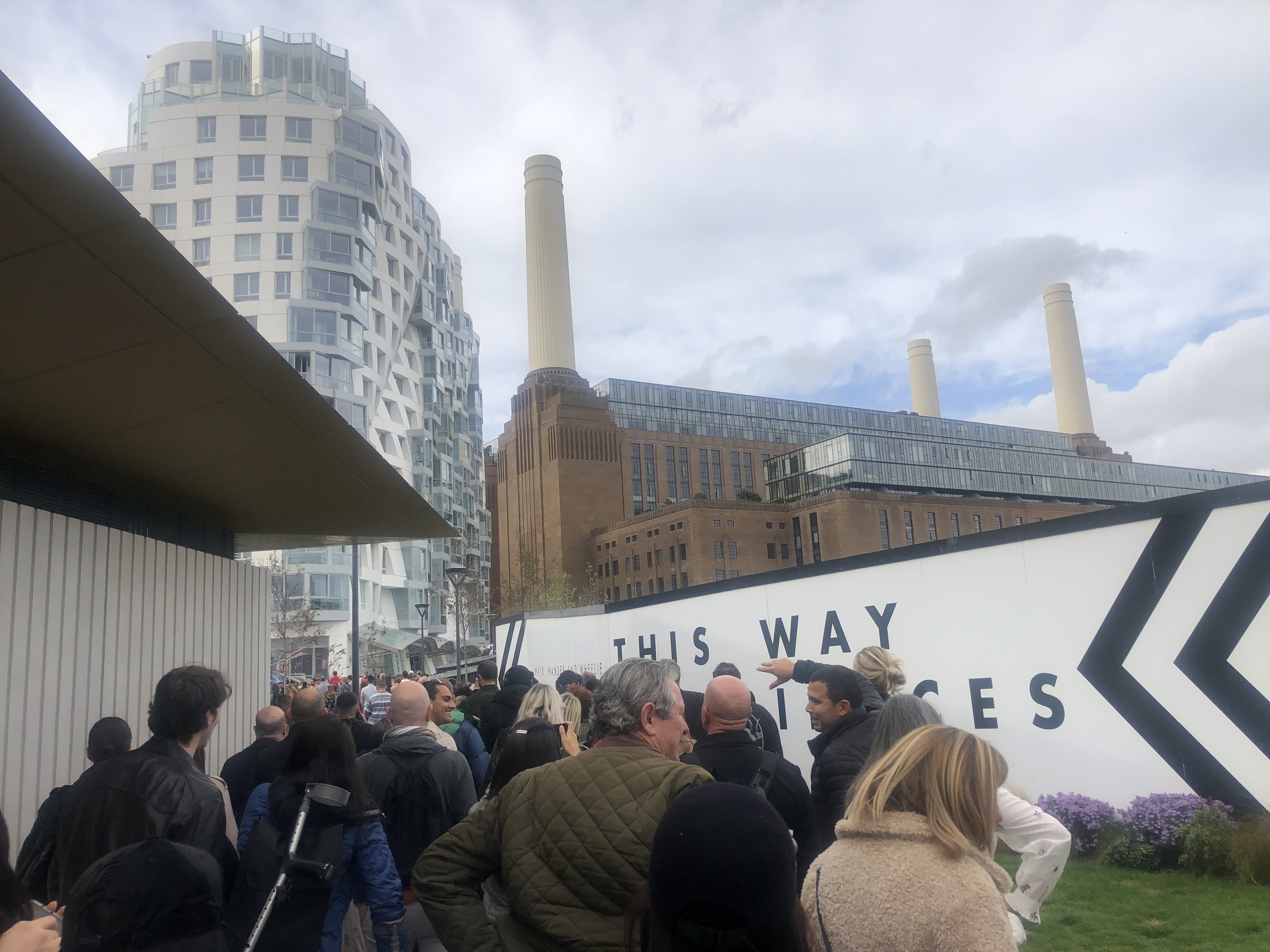
Wandsworth's Labour councillors protested the project's low level of affordable housing, which was cut from 15 per cent in earlier proposals to 9 per cent, by boycotting the Power Station's opening ceremony.
Labour councillor and Cabinet member for Housing Aydin Dikerdem said:
"Battersea Power Station is a hugely significant building for our borough that for decades lay derelict and the regeneration of the site has been a huge feature of our lives for many years.
“I grew up in this neighbourhood, I've seen it change and transform. We look forward to making sure every resident and community gets a chance to share the opportunities brought about by development.
"We support the Council’s great Work Match scheme to help find employment and jobs for local people at the Power Station site.
"We welcome the site being a living wage employer - and applaud the Power Station and trade unions for co-operating on this agenda.
"It’s been great to see the restoration of the Power Station building take shape.
"We continue to celebrate the work of a number of volunteer organisations and charitable schemes that have thrived in partnership.
"However, as the Council’s new administration we have always been completely open and honest about our frustration at the lack of affordable housing at Battersea Power Station.
"The fact that not a single affordable home has been built onsite, and the developers were allowed to reduce the eventual number of affordable homes from an already low 15 per cent to nine per cent is unacceptable. It must change.
"We think the Nine Elms regeneration has been a real missed opportunity to provide the type of homes that local families desperately need. An incredible 85 per cent of the first 800 homes at the Power Station were sold to overseas investors.
"As the Council’s new administration we have also been very clear that neither ruling group councillors nor senior Council officers will accept donations or hospitality from property developers.
"Given there are currently numerous live planning applications from Battersea Power Station that are still to be determined, it wouldn't be right to accept this hospitality no matter how kind the gesture.
"Many in the developer industry understand this, and appreciate the approach we are taking.
"We welcome growth and investment. Our aim is to create an environment where we can work with brilliant and ambitious partners on progressive and innovative schemes that will benefit the people of Wandsworth."

Speaking to Aamirah, 31, and Effie, 29, on the steps outside the Power Station, the friends said they appreciated the new London hang-out.
However, echoing the concerns of Labour councillors, the friends and former colleagues – both environmental consultants – worried the new housing development had already driven families out of the area.
“It’s just a bit unattainable isn’t it. It’s great that they have got this new complex, but realistically who can live here? In an increased cost-of-living anyway, and then you have wages that don’t necessarily match what you would pay for this.
“There’s only a select amount of people from a different class that can live in these places and enjoy them,” Aamirah said.
“It’s sad for the people that were born here, that are Londoners. It is very difficult for them to keep living in London.
“I’m a visitor. I've been here for five years but I know I will return to my home country, Greece, at some point. But I would feel sad about it, and some kind of insecurity for the future.
"It's really bad to have homeless people or people who cannot afford to have a house anymore in London,” Effie said.
Meanwhile, partners Lawrence Stevens, 23, and Am Synthos, 28, expressed concerns about the Power Station's lack of affordable shops.
Steve Norris, formerly a minister with a special brief for London at the Department for Transport, described himself as someone who has been interested in the Power Station’s renaissance for over two decades.
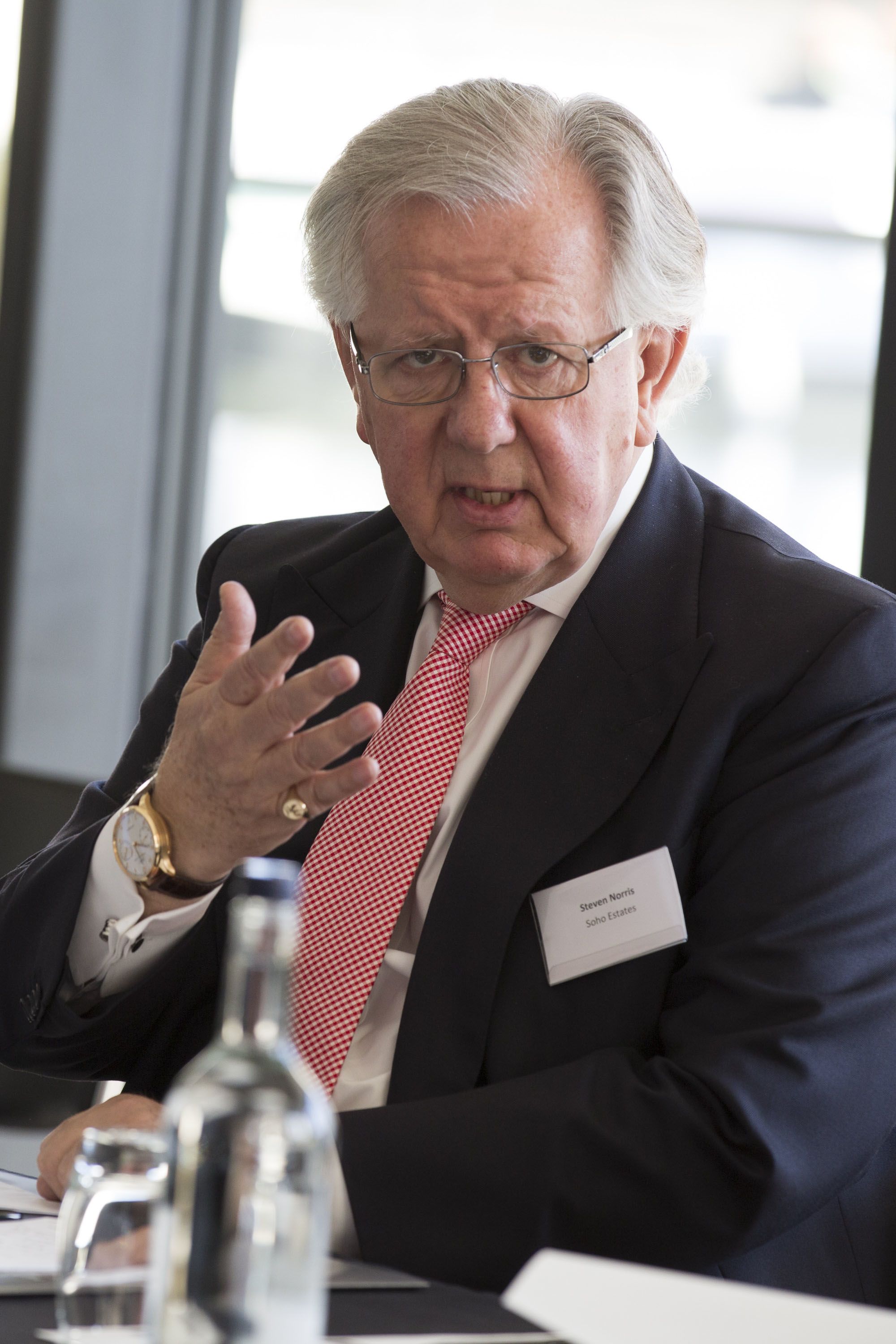
The former Conservative MP for Oxford East attended the public launch of Battersea Power Station and said the new retail park will rival Westfield.
“To attract that sort of massive investment, the council and the Mayor of London needed to do a deal with the developers to make the project financially viable.
“It is true that there is not a great amount of affordable housing in the project. But there are over 20,000 full time jobs, there is a new extension of the Northern Line benefitting every resident of the area at a cost of >£1bn and in short it is a massive benefit to London,” he said.
Commenting on Wandsworth's Labour councillors' non-attendance to the Power Station’s opening ceremony, Mr Norris said:
“It was petty and churlish of the Labour councillors to boycott the event in those circumstances. It’s worth noting that the local Labour MP and the Mayor of London both did attend."
Battersea Power Station Quiz
The reopened Power Station and complex has undoubtedly sparked life in Battersea.
It has allowed thousands of visitors to take stock of the historic building and to enjoy its new wealth of shops and restaurants.
However, Wandsworth's Labour councillors do not stand alone in their concern with the project's lack of affordable housing.
It seems a development that boasts £8.2million luxury penthouse flats and flaunts designer stores, not least a Rolex, does not entirely fit the mood of a nation grappling with a cost-of-living crisis.
A Battersea Power Station Development Company (BPSDC) spokesperson said:
“After 40 years of lying derelict and multiple failed attempts at restoring the Power Station, we opened the Grade II* listed landmark to the public on Friday 14th October. For the first time ever, the Power Station is now open for everyone to enjoy.
"We have invested very significantly to create a place for people – a community - with shops, restaurants, health centre, theatre, cinema, playground and parks for everyone to enjoy, as well as a new Tube station, towards which Battersea Power Station has contributed over £300m. The project has also created over 6,000 jobs to date, including 340 apprenticeships, and attracted flagship tenants who will significantly boost Wandsworth’s local economy.
"Originally proposed for later phases after the Power Station’s restoration, 386 affordable homes have been delivered ahead of schedule and will start to be occupied this year. Of the homes built across the masterplan so far, c.20% are affordable and a mechanism has been agreed with LB Wandsworth that provides the possibility for more affordable homes to be delivered in the future.”
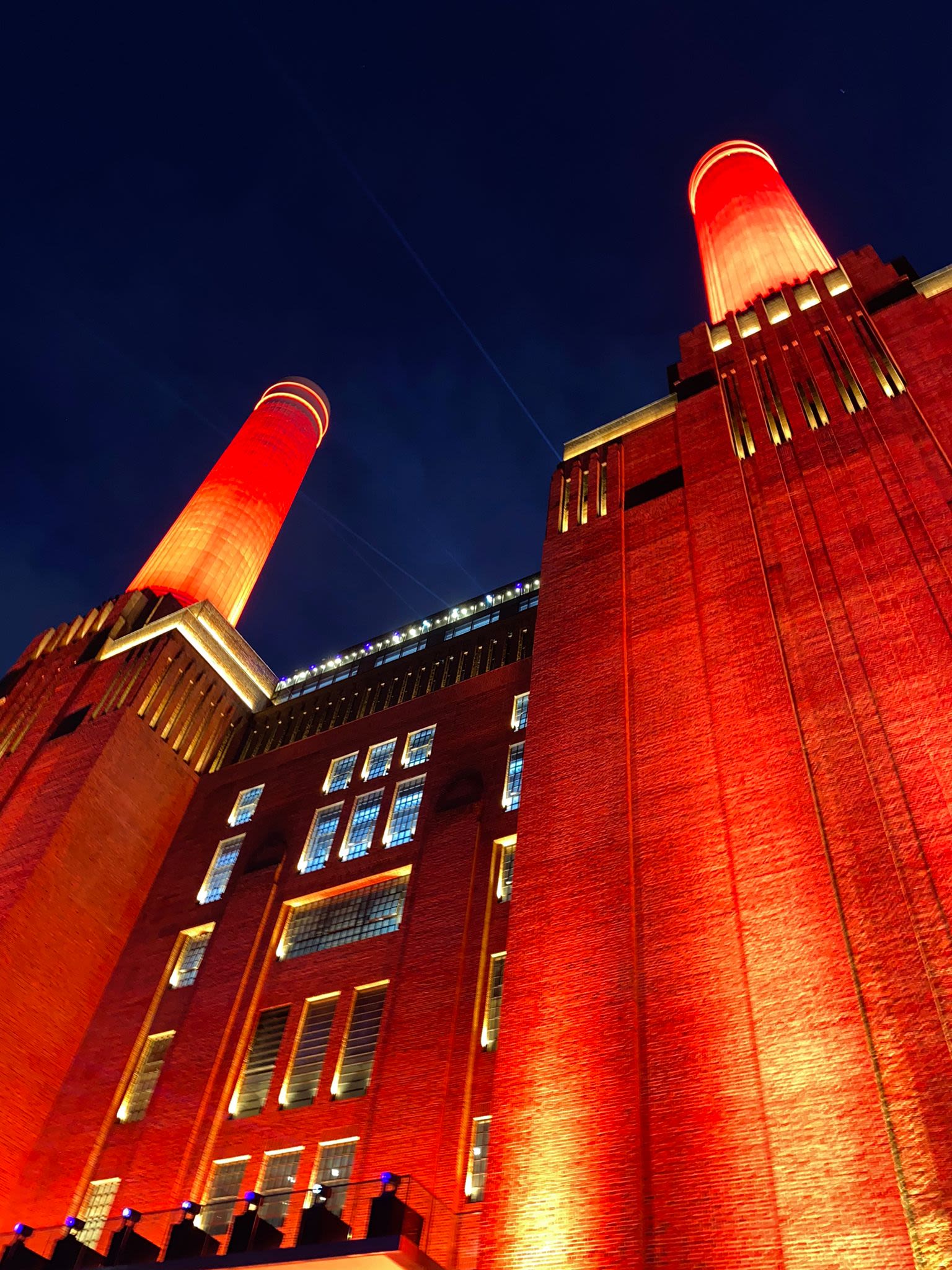
Image credits
Battersea Power Station in 1934: Andy Dingley, Public domain, via Wikimedia Commons
Telephone box: J Legeir, Own work, via Wikimedia Commons
Battersea Power Station in 2013: Tosh Marshall, Own work, via Wikimedia Commons
Derelict-looking Battersea Power Station: ShareAlike 2.0 Generic (CC BY-SA 2.0)
Battersea Power Station under construction: mattbuck, (CC BY-SA 2.0 )<https://creativecommons.org/licenses/by-sa/2.0>, via Wikimedia Commons
Steve Norris: NonCommercial-NoDerivs 2.0 Generic (CC BY-NC-ND 2.0)
Data source
Battersea Power Station housing development phases: CGI birds eye view of the Masterplan

